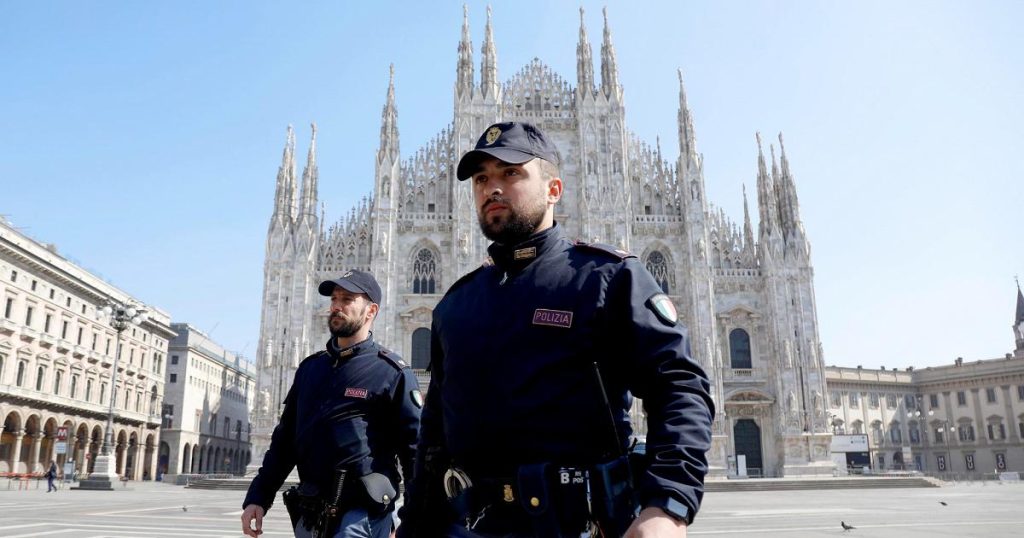The Minister of the Interior, Matteo Piantedosi, has sent a directive to the prefects stressing the importance of identifying urban areas where the presence of dangerous individuals or those with criminal records should be banned, allowing for their removal. This tool has already been successful in Florence and Bologna, where a total of 105 individuals have been subject to removal measures out of 14,000 people checked in the last three months. The use of “red zones” is part of a broader strategy aimed at ensuring urban safety and the full enjoyment of public spaces by citizens. These orders are particularly useful in areas characterized by widespread criminal activity and deterioration, such as train stations and surrounding areas, as well as “drug squares” targeted by high-impact inter-agency operations.
These measures can also be applied in other urban areas, such as entertainment districts, where there is a high concentration of people and commercial activities, and where incidents of petty crime (thefts, robberies), violence (brawls, assaults), vandalism, alcohol abuse, and deterioration are often reported. As the New Year approaches, the implementation of “red zones” is an effective tool to enhance controls in crowded areas, especially during the many shows and events planned for the occasion.
In Milan, violence has been a pressing issue, with growing concerns about dangerous individuals and criminals. The application of “red zones” can help address these challenges and improve public safety in the city. By targeting specific areas where criminal activity is concentrated, law enforcement can take proactive measures to prevent incidents and protect citizens.
The directive from the Minister of the Interior underscores the government’s commitment to ensuring the safety and security of urban areas across the country. By extending the use of “red zones” to other cities, authorities are able to target areas with high crime rates and effectively remove individuals who pose a threat to public safety. This approach is part of a comprehensive strategy to combat crime and improve the quality of life for all citizens.
The success of the “red zones” in Florence and Bologna demonstrates the effectiveness of this tool in addressing criminal activity and maintaining public order. By focusing on areas with high levels of criminality and antisocial behavior, law enforcement can create a safer environment for residents and visitors. The application of these measures in other cities will further contribute to the overall security of urban areas and help reduce crime rates.
In conclusion, the implementation of “red zones” in various urban areas is an important step towards improving public safety and addressing criminal activity. By targeting specific locations with high crime rates, authorities can take proactive measures to remove dangerous individuals and protect citizens from harm. The directive from the Minister of the Interior highlights the government’s commitment to ensuring the safety and security of all citizens, and the extension of this tool to other cities will further enhance efforts to combat crime and maintain public order.


